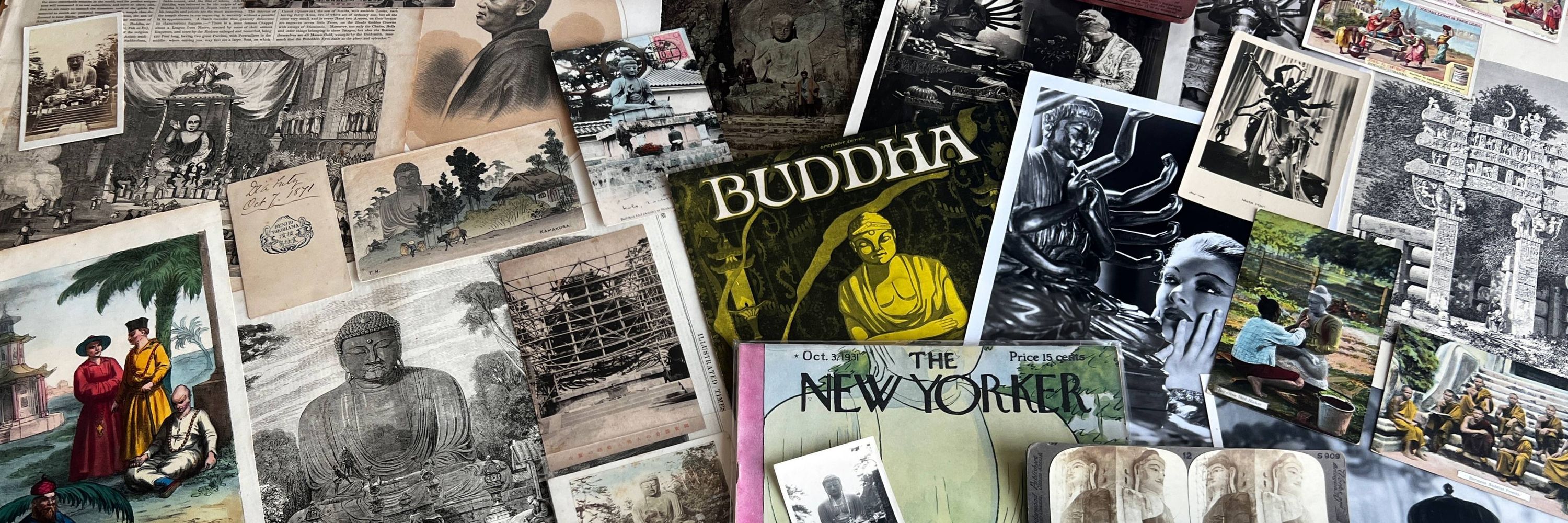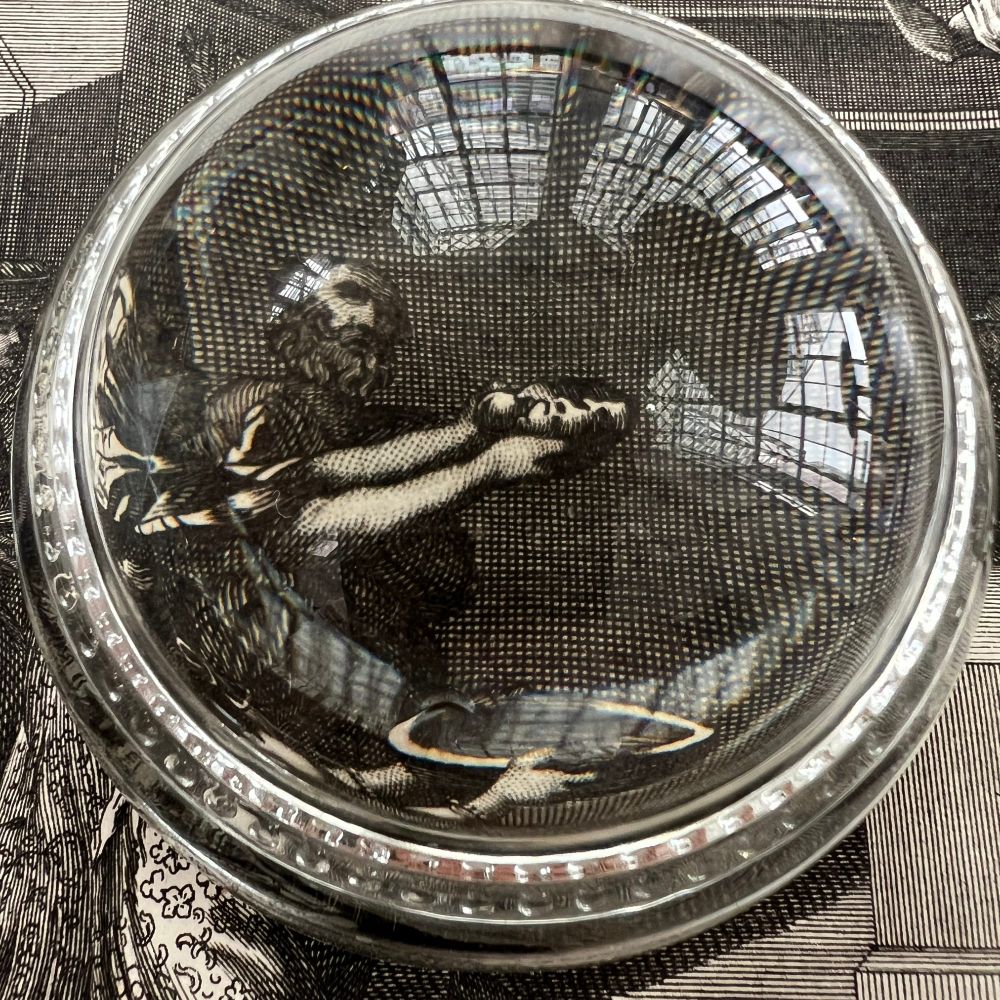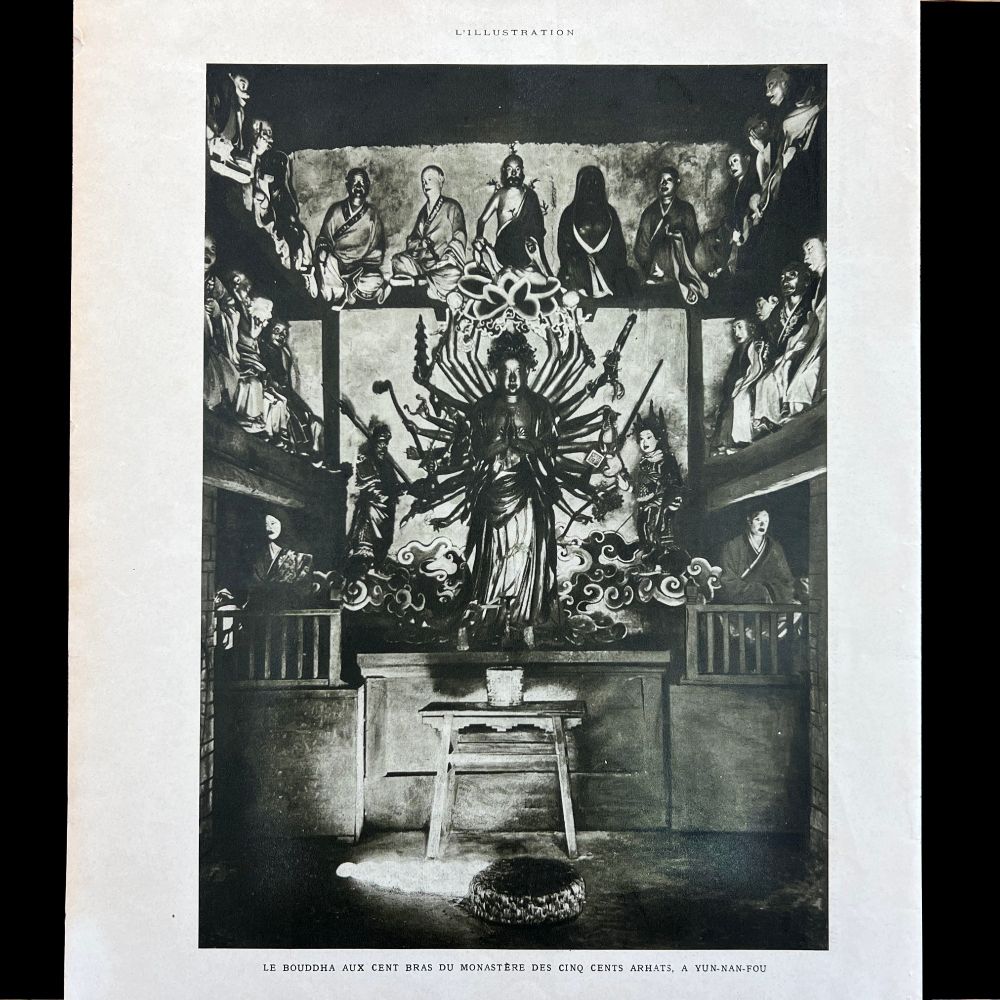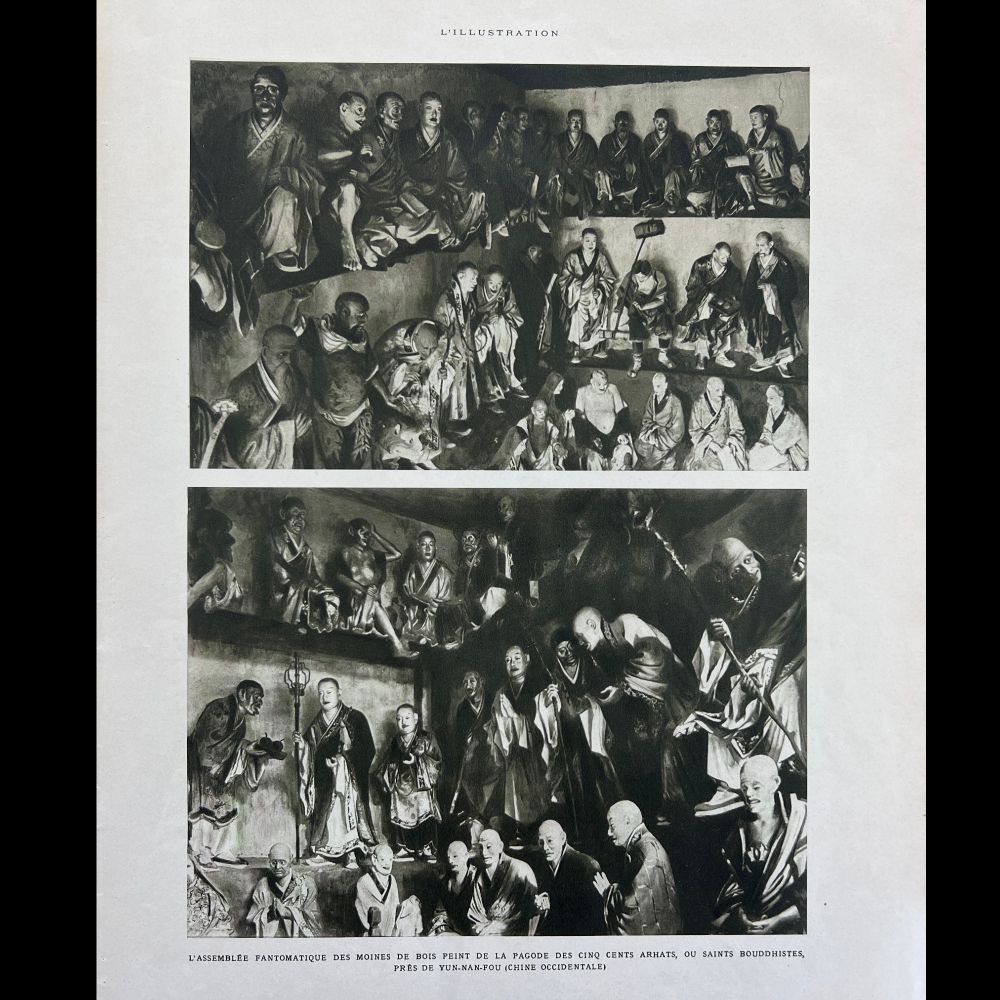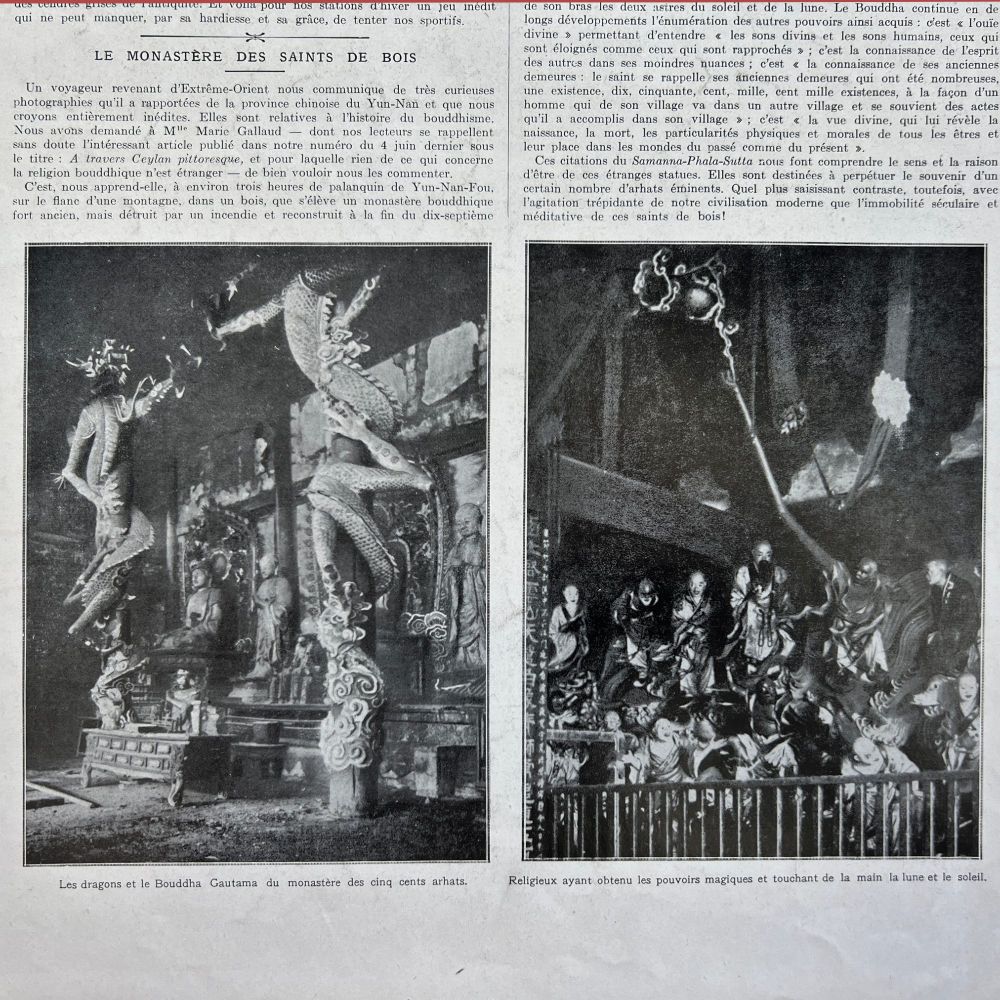Buddhas in the West Material Archive
@buddhasinthewest.bsky.social
3.1K followers
1.8K following
350 posts
Exploring the circulation of Buddhist material culture in Western media, including prints, photos, ephemera, &c. Digital public scholarship project curated by @peterromaskiewicz.bsky.social.
🗺 buddhasinthewest.com
🌟 New Posts: Mon., Wed., & Fri.
Posts
Media
Videos
Starter Packs
Reposted by Buddhas in the West Material Archive
Reposted by Buddhas in the West Material Archive
Reposted by Buddhas in the West Material Archive
Reposted by Buddhas in the West Material Archive
